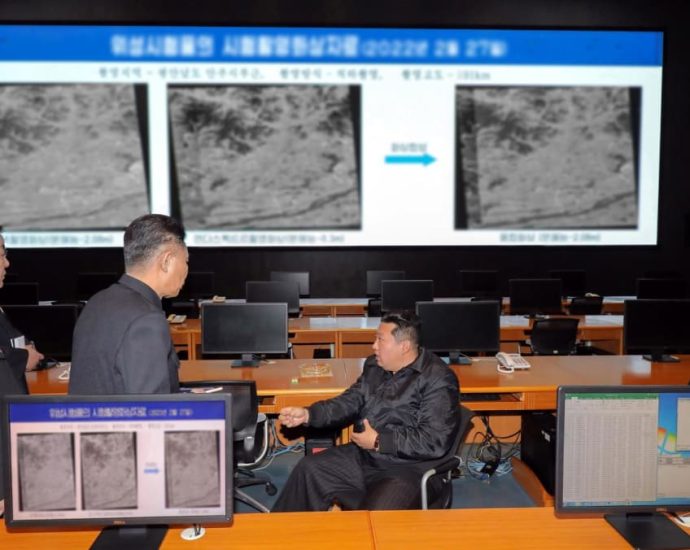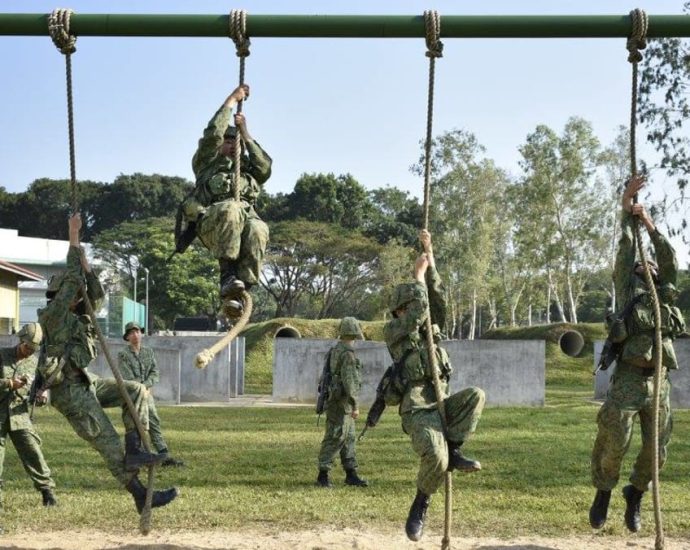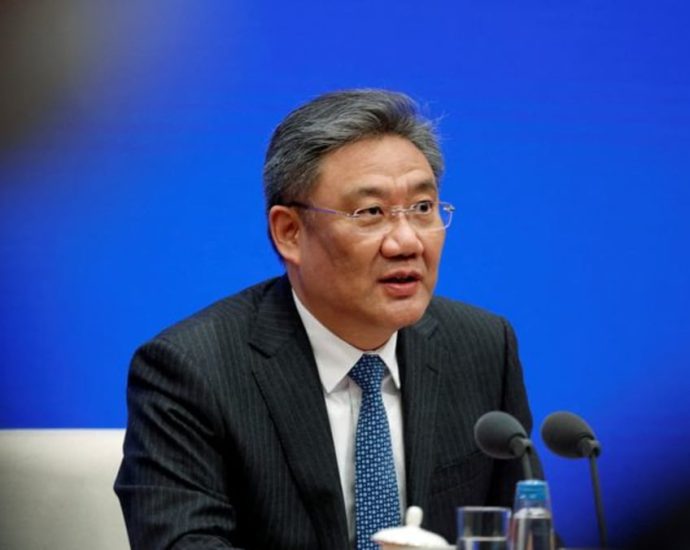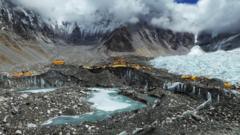MAE app will enforce Secure2u for transaction approval starting July
There will be a 12-hour activation period when switching devices
Maybank will also introduce a Kill Switch feature for debit cards soon
All Secure2u authorisations will be moved to Maybank’s MAE app on 1st July 2023, the single point of authorisation through the MAE app which is tied to one device per account. This means…Continue Reading
Singapore wages up 0.4% in real terms in 2022, pace of growth ‘significantly dampened’ by inflation

SINGAPORE: Real wages in Singapore grew 0.4 per cent in 2022, lower than the 1.6 per cent in the preceding year, the Ministry of Manpower (MOM) said on Monday (May 29).
The pace of real wage growth last year was “significantly dampened” by inflation. The inflation rate in 2022 was 6.1 per cent, higher than the 2.3 per cent recorded the preceding year.
Nominal total wages – including employers’ Central Provident Fund (CPF) contributions – of full-time resident employees who had been with the same employer for at least one year rose by 6.5 per cent last year.
Nominal total wages do not take into account inflation. The 6.5 per cent increase in 2022 was “significantly higher” than the 3.9 per cent in 2021, and was the highest in a decade.
“This reflected the efforts by firms to restore wages of some employees who experienced wage cuts during the pandemic years, as well as give higher wage increases to other employees to retain staff amidst competition for workers,” said MOM.
MORE PROFITABLE FIRMS
“As the Singapore economy continued to grow in 2022, there was a strong increase in the proportion of profitable firms. As a result, more firms were able to raise their employees’ wages in 2022 compared to 2021,” said the ministry.
The proportion of profitable establishments rose for the second consecutive year to 83.9 per cent in 2022. The proportion of establishments that gave wage increases rose from 60 per cent in 2021 to 72.2 per cent in 2022.
This was slightly higher than the pre-pandemic level in 2019 of 69.2 per cent, noted MOM.
Among establishments that gave wage increases, the magnitude of increase was larger in 2022 compared with 2021.
Those that cut the wages of their employees remained in the minority at 5.2 per cent, said the Manpower Ministry. Among them, the magnitude of wage cut was also smaller in 2022 than the previous year.
The remaining 22.6 per cent of firms left the wages of their employees unchanged.
TOTAL WAGE GROWTH TO MODERATE IN 2023
“Against the backdrop of the global economic slowdown and a more uncertain business environment, firms are likely to take a cautious approach regarding salary increments,” said MOM.
“Hence, total wage growth is expected to moderate in 2023.”
Firms are likely to take a cautious approach regarding salary increments, against the backdrop of the global economic slowdown and a more uncertain business environment, the ministry added.
But more companies expressed an intention to raise their employees’ wages in March 2023 compared with December 2022, said MOM, based on recent polls on wage expectations conducted in the first quarter of this year.
“To remain competitive and resilient amidst these global developments, we encourage firms and workers to press on with business and workforce transformation, and make full use of government programmes to adapt to the changing environment,” said the ministry.
“The government also encourages all firms to implement the Flexible Wage System as the uncertainties ahead continue to underscore the need for resilience and flexibility in wage structures.”
As more Chinese graduates explore rural jobs, comparisons with Mao Zedong’s campaign fail to pass muster
Li said most participants from her university in Zhuhai would work as teachers or volunteers at village schools, or village cadres helping to monitor the risk of people returning to poverty. After two years of service, they could choose to stay or pursue new jobs elsewhere, she said, adding thatContinue Reading
Kein Ai Ng joins TrueMoney Malaysia as Head of Marketing and Partnerships
She was formally from Hong Leong Bank
Achievements include management of a US$4.496 bil portfolio
TrueMoney Malaysia has appointed Kein Ai Ng (pix), as their Head of Marketing and Partnership for Malaysia. Kein Ai was previously from Hong Leong Bank, where she was the Head of Merchant Sales in Malaysia.
At Hong Leong Bank, Kein…Continue Reading
Japan aims to destroy any North Korean missile after it warns of satellite launch
North Korea has also undertaken a series of missile and weapons tests in recent months, including a new, solid-fuel intercontinental ballistic missile. North Korea informed the Japanese coast guard of the planned launch between May 31 and Jun 11, a coast guard official told Reuters, confirming a report by publicContinue Reading
All national servicemen to get up to S$200 increase in NS allowance
SINGAPORE: All national servicemen in the Singapore Armed Forces (SAF), Singapore Police Force (SPF) and Singapore Civil Defence Force (SCDF) will receive a S$125 (US$92) to S$200 increase in their National Service (NS) allowance. The increase will take effect on Jul 1 and is dependent on their rank and vocation,Continue Reading
China urges Japan to halt export restrictions on chips
BEIJING: Chinese Commerce Minister Wang Wentao urged Japan to halt semiconductor export controls, calling it a “wrongdoing” that “seriously violated” international economic and trade rules, a statement from his ministry said on Monday (May 29). China’s latest condemnation of the export restrictions was made during Wang’s talks with Japanese TradeContinue Reading
Customers report issues with StarHub TV broadcast on final weekend of English Premier League fixtures
SINGAPORE: Customers reported issues with StarHub’s broadcast service on Sunday (May 28) during the final weekend of the English Premier League season. Data on the DownDetector website showed outage reports starting shortly before the 11.30pm kickoff time for the 10 matches, spiking to more than 2,400 reports at about 11.37pm.Continue Reading
Why Everest base camp won’t be moving anytime soon
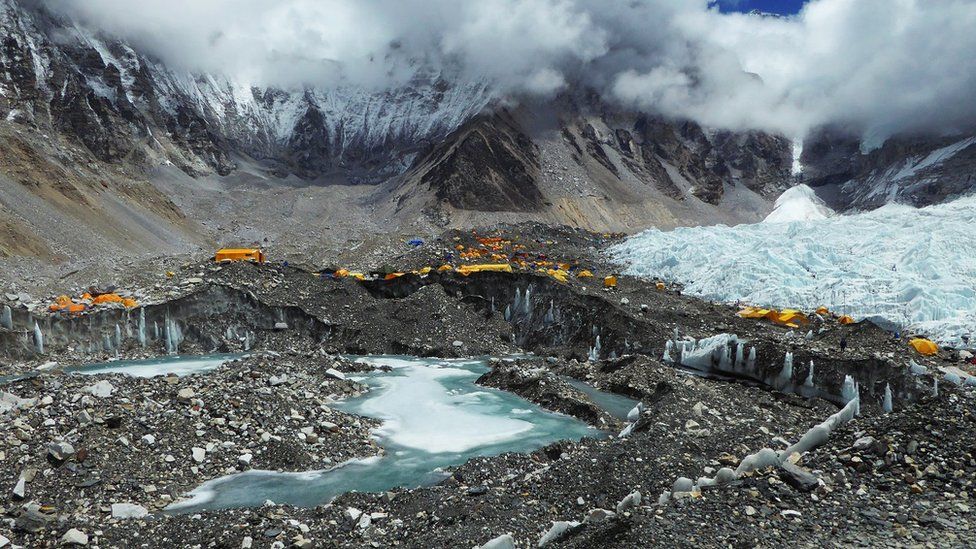 C. Scott Watson
C. Scott Watson Last June, Nepal’s tourism ministry announced plans to move Everest base camp lower down the famous mountain because global warming and human activity were making it unsafe.
The camp sits on the Khumbu glacier which is thinning rapidly, creating risks for the hundreds of climbers who pass through every year.
But following opposition from the Sherpa community and other mountaineering operators, the idea has been shelved.
Sherpa leaders told the BBC the move was impractical and that there was no viable alternative location.
As the backbone of the mountaineering industry, the Sherpa’s voice is crucial. Opposition to the move is widespread – more than 95% of attendees rejected the idea at a recent consultation with the mountaineering industry, say tourism ministry officials and the Nepal Mountaineering Association.
Officials told the BBC it means the move has to be shelved, although they maintain a study is still going on.
‘Not a single Sherpa supportive’
“I have come across not even a single person in our community who supports the idea of moving the Everest base camp,” said Mingma Sherpa, chair of Khumbu Pasanglhamu, a rural municipality which covers most of the Everest region, including base camp.
“We see no reason for the base camp to be moved in the near future.”
Ang Norbu Sherpa, president of Nepal National Mountain Guides Association, echoed that sentiment to the BBC.
“It has been there for the past 70 years, why should they move it now? And even if they wanted to, where is the study on a viable alternative?”
Nepal’s recently appointed tourism minister, Sudan Kirati, said the issue was not an urgent one.
“I have seen no interest or concern from any quarter on the issue of moving the base camp,” he said.
Thinning glacier, growing risk
When government officials last year spoke of the plan, they said the new base camp would be 200m to 400m (656ft to 1312ft) lower than the present one, which sits at an altitude of 5,364m (17,598ft).
The idea was to move it to a place where there would be no glacier, to avoid risks associated with accelerating glacial meltdown due to rising temperatures.
The Khumbu glacier, like many others in the Himalayas, is rapidly melting in the wake of global warming, scientists have found.
A 2018 study by researchers from Leeds University showed that the segment close to base camp was thinning at a rate of 1m per year.
Field studies have also shown that ponds and lakes on the world’s highest glacier were joining up and expanding, increasing challenges for mountaineers.
“As the ice melts, beneath the rocky debris the surface becomes more variable, encouraging the formation of surface ponds that gradually coalesce to form large lakes,” said Prof Bryn Hubbard of Aberystwyth University, who led a three-year project to check ice conditions in the glacier.
Mountaineers and officials say streams have now begun to flow right from the middle of the base camp and crevasses are widening dangerously and very quickly.
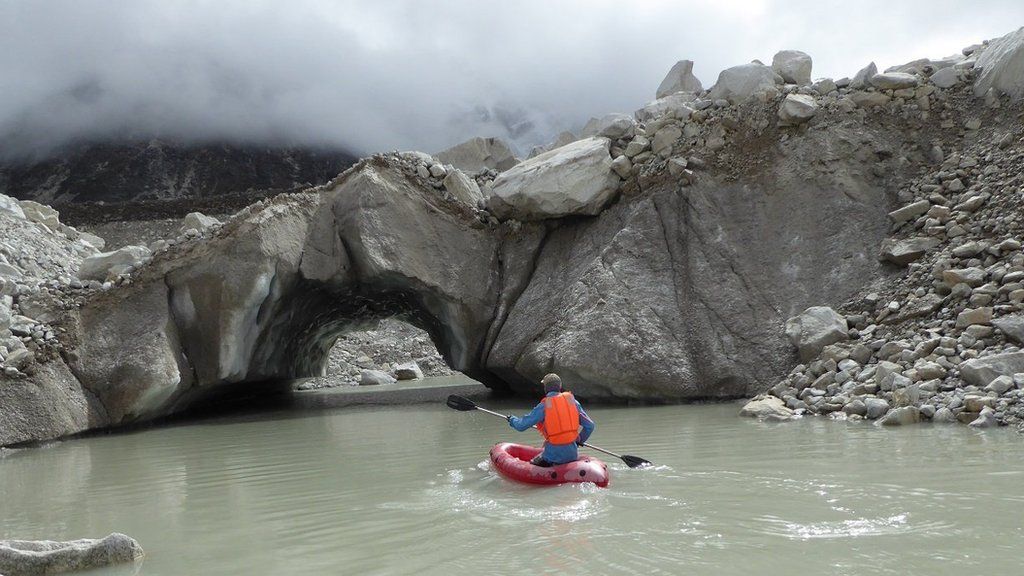
Adrian Ballinger, founder of mountain guide company Alpenglow Expeditions, said the plan to move base camp made sense, because it would see more avalanches, ice, and rock falls in the future.
The president of Nepal Mountaineering Association, Nima Nuru Sherpa said he was aware of the dangers in the wake of global warming.
“But there is no clarity on where we move the base camp to, and this is why we hardly hear any supportive voices,” he said.
The Khumbu Icefall factor
Many climbers of the Sherpa community have argued that the present location of the base camp is the best one to start their climb early in the morning as it adjoins the Khumbu Icefall, which is one of the most challenging sections of the climb.
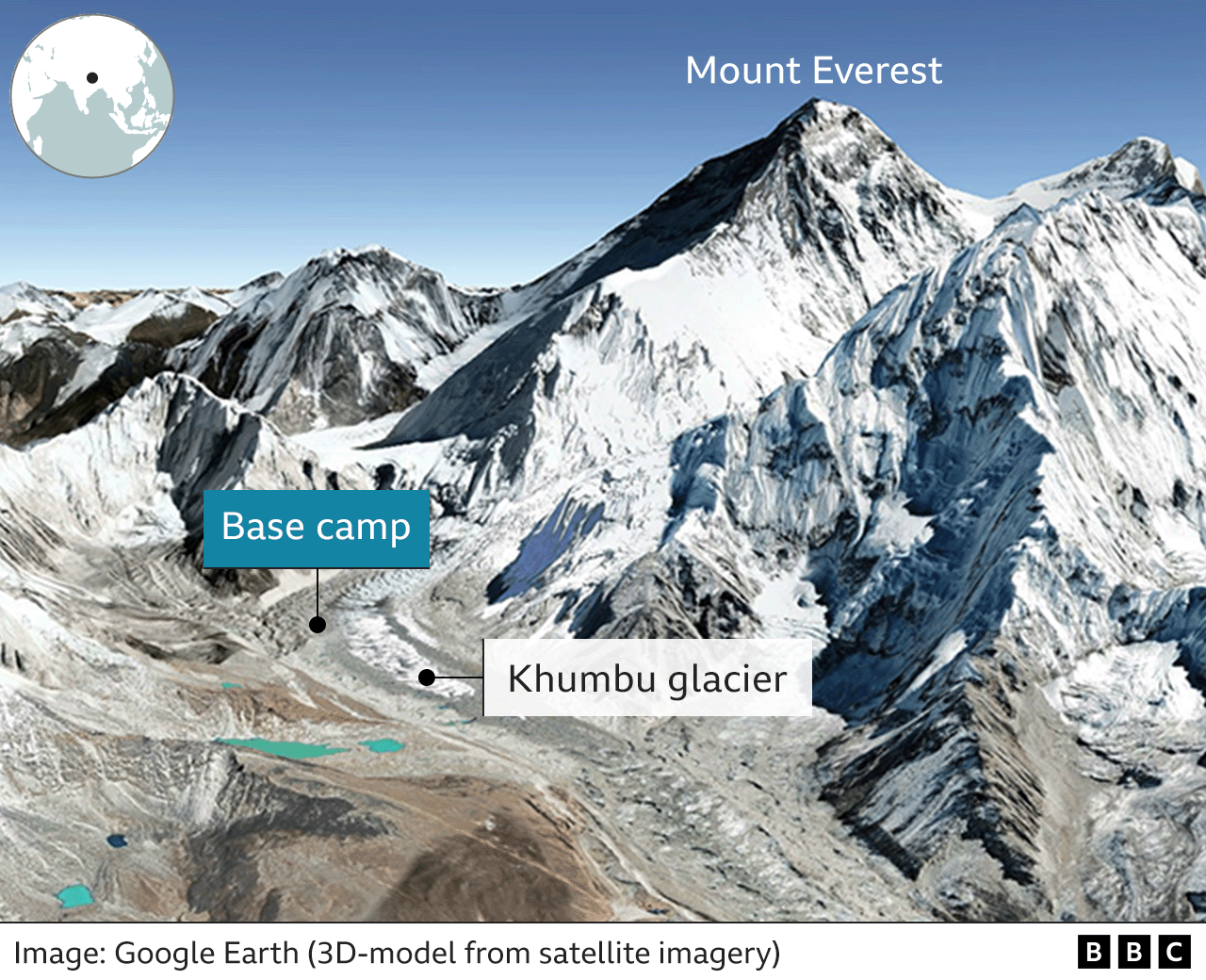
The icefall, on the South Col route to the summit of Everest, rapidly falls down the mountain opening large crevasses with little warning and dislodging huge towers of ice, known as seracs. It is also regularly hit by avalanches and rockfalls from the mountain slopes overlooking it on both sides.
Sherpa climbers say they need to cross the Khumbu Icefall early in the morning because it becomes more dangerous later in the day when the sun warms the mountain, resulting in increased avalanches, rockfalls and seracs collapsing.
“If we moved the camp to lower heights, it would mean nearly three hours of extra walk for climbers and that will delay their journey to the dangerous Khumbu Icefall,” said Mr Mingma.
Three Sherpa climbers died on Khumbu Icefall on 12 April when they were hit by an avalanche while ferrying climbing gear for their clients.
Mr Mingma said even if the base camp was moved to a lower location, most expedition teams would end up using the previous location as an advanced camp to begin their early morning climb through the Khumbu Icefall.
Lukas Furtenbach, an international expedition operator from Austria who brings his clients to Everest almost every year, says moving base camp would make the first stage of the climb too long.
“Teams would make an intermediate camp right at the current base camp location,” he said.
Crowded base camp
But almost everyone in the mountaineering industry agrees that base camp is getting too crowded.
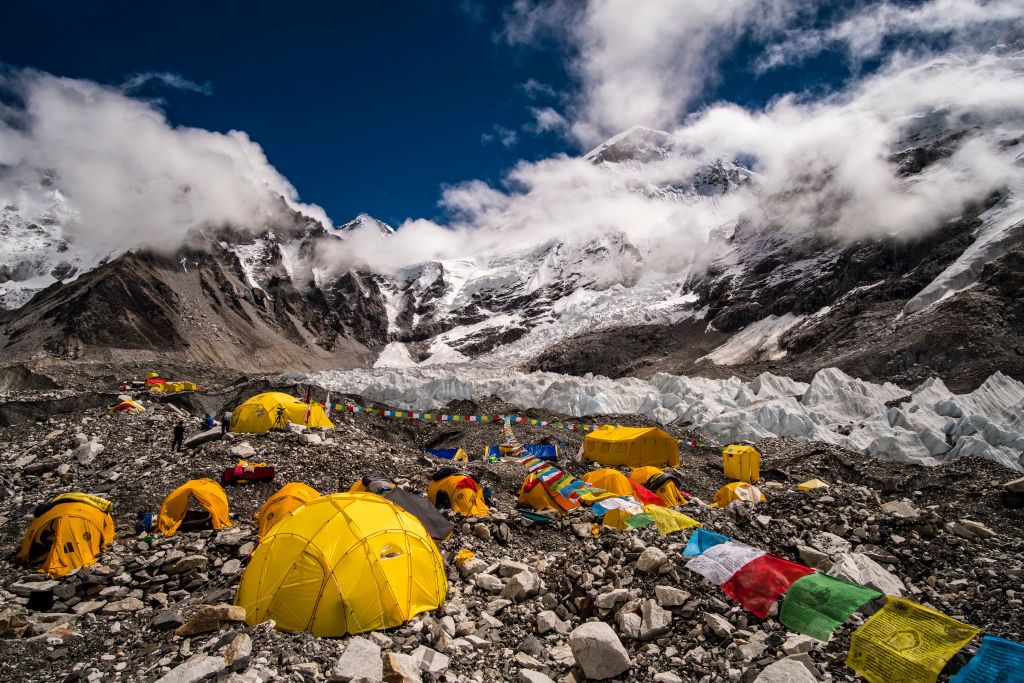
This season, Nepal issued a record 478 Everest climbing permits, which means there will be over 1,500 people on the mountain, including support staff.
The last record number of permits was 403 in 2021, according to tourism department officials. The government charges $11,000 (£8,900) per climber for Everest and expeditions are a major source of income for the Sherpa community and others dependent on mountain tourism.
“The size of the base camp has doubled over the years, it’s a massive operation,” said Dambar Parajuli, president of Expedition Operators’ Association Nepal.
He added that the growth of the camp is unregulated and poses a threat to the already fragile environment.
“You see deluxe type services like massage parlours or other entertainment services that need massive tents and other structures.
“This is not where you indulge in luxury, and we have strongly suggested the government make strict guidelines on what is allowed and what is not at the base camp.”
Minister Kirati said he was aware of the issues.
“The base camp has become like a tourist market that we see here in Kathmandu.
“This is not acceptable – we are soon going there on an inspection and will stop all that. That is our priority now.”
Related Topics
-
-
17 June 2022
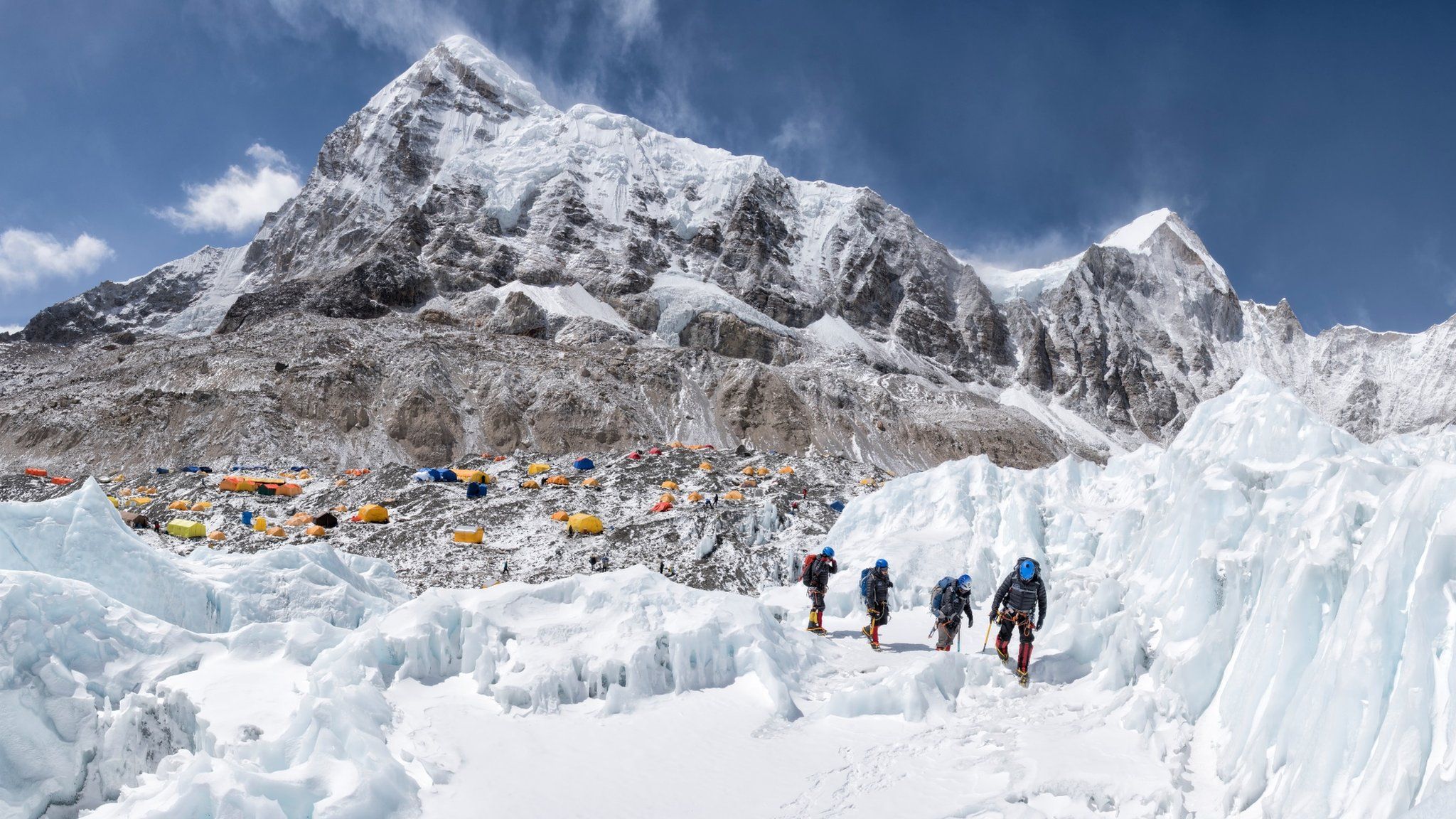
-
-
-
27 November 2015
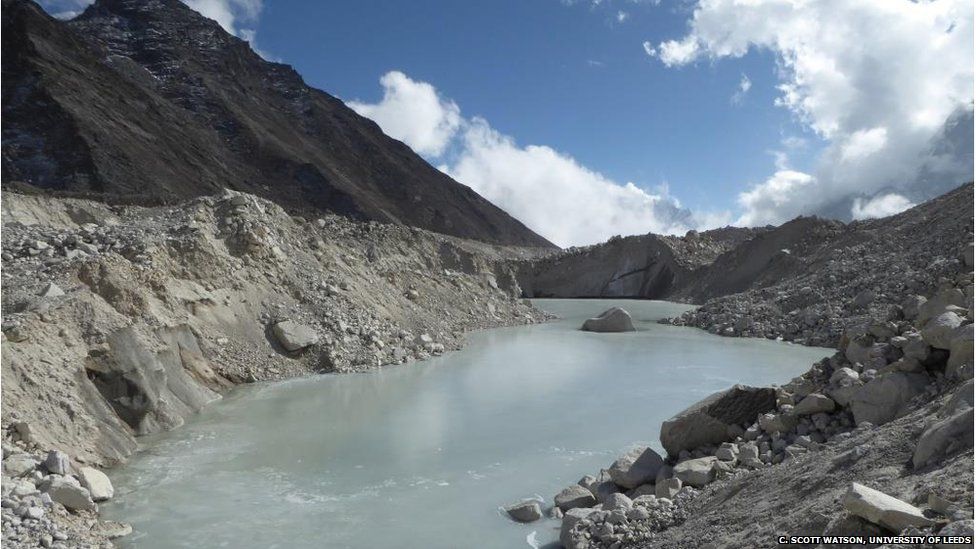
-
Temasek cuts compensation of senior management, investment team over failed investment in FTX
SINGAPORE: Temasek’s investment team and senior management “took collective accountability and had their compensation reduced” after the firm’s failed investment in cryptocurrency company FTX, chairman Lim Boon Heng said on Monday (May 29). “With FTX, as alleged by prosecutors and as admitted by key executives at FTX and its affiliates, there wasContinue Reading





